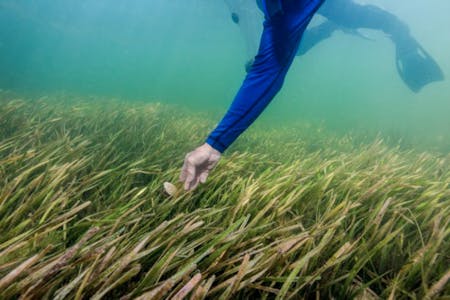Scalloping FAQs
What are scallops, really?
Scallops are a type of mollusk, similar to an oyster or a clam, that has a hard shell exterior and a dinner-worthy interior.
Can I go scalloping year-round?
Negative. Scallops have their seasons of abundance like many other marine animals. Check with the FWC to see when the pickin’s ripe (and legal) in your area.
Do scallops bite?
Scallops don’t technically bite, but they can sometimes close their shells on your fingers which can pinch a bit. For this reason, some prefer to wear gloves while scalloping or you can scoop them up with a net.
Are there different types of scallops?
Bay scallops are what we’re hunting for and are found along Florida’s western coast in beds of seagrass. Their cousins, sea scallops, are on Florida’s Atlantic side and are larger than bay scallops.
Do I need a license to scallop?
You’ll need a Florida saltwater fishing license to collect scallops, though there are a few exceptions to the rule. The FWC page has all the updated information you need about licensing.













